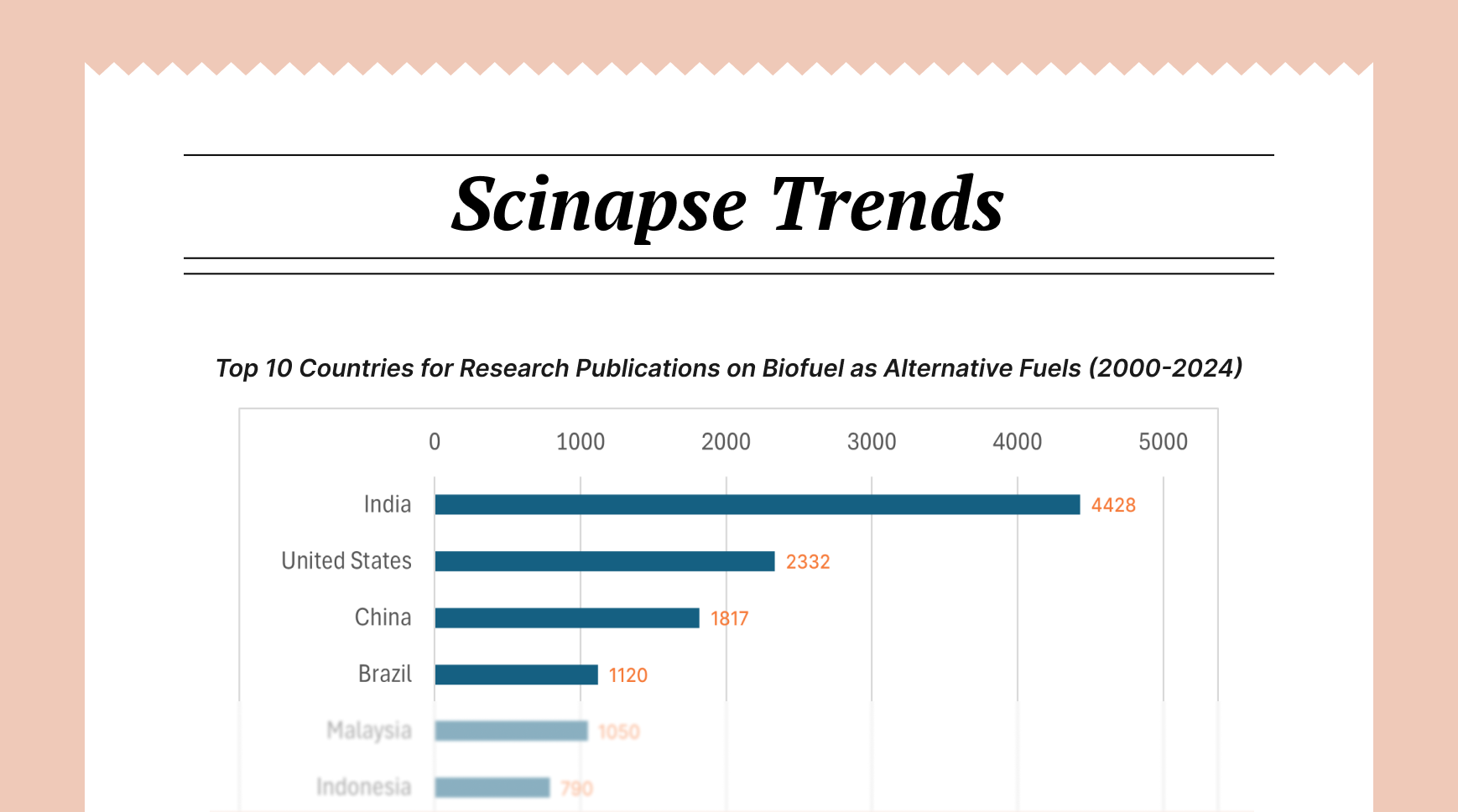Understanding the Literature Review in Scientific Research

What Is Literature Review? More Than Just Summaries
A literature review is a cornerstone of scholarly inquiry, representing a comprehensive and critical examination of existing published work that directly relates to a specific research topic or question. It transcends the simple act of summarizing individual sources, instead focusing on the synthesis of information, identifying gaps and inconsistencies, and establishing a robust context for new research endeavors. By meticulously analyzing what has already been explored, a literature review lays the essential groundwork for original research to build upon existing knowledge and contribute meaningfully to a particular field.
What Is the Purpose of a Literature Review?
The creation of a thorough literature review serves several vital purposes within the scientific research process:
1- Establishing Context
It paints a clear picture of the current state of knowledge surrounding a research topic. By mapping out major theories, significant findings, and influential studies, it allows researchers to understand the intellectual landscape they are entering. This contextualization is crucial for avoiding redundant research and ensuring that new investigations address pertinent and contemporary issues.
2- Identifying Knowledge Gaps
A meticulous review of existing literature allows researchers to pinpoint areas where understanding is incomplete, where findings diverge, or where specific questions have yet to be adequately addressed. These identified gaps become fertile ground for original research, providing a clear rationale for further investigation.
3- Demonstrating Scholarly Understanding
A well-articulated literature review showcases the researcher's familiarity with the key debates, methodological approaches, and foundational works within their field. This not only builds credibility but also demonstrates that the proposed research is rooted in a solid understanding of the subject matter.
4- Informing Methodological Choices
By analyzing the methodologies employed in previous studies, researchers can gain valuable insights into effective data collection and analysis techniques, potential pitfalls to avoid, and established best practices within their area of study. This analysis can significantly strengthen the design and execution of the new research.
Distinguishing the Literature Review from an Annotated Bibliography
While both involve engaging with scholarly sources, a literature review and an annotated bibliography serve distinct purposes. An annotated bibliography is essentially a curated list of citations to relevant materials (books, articles, documents), each followed by a concise annotation. This annotation typically includes a summary of the source's content and sometimes an evaluative comment on its relevance or quality. The primary goal of an annotated bibliography is to inform the reader about the individual sources themselves.
In contrast, a literature review operates at a higher level of analysis and synthesis. It moves beyond individual summaries to critically evaluate and compare multiple sources, identifying overarching themes, theoretical connections, methodological trends, and significant debates within the literature. Think of it this way: an annotated bibliography provides individual snapshots of research, while a literature review weaves these snapshots together to create a comprehensive and insightful narrative of the existing knowledge landscape. The literature review aims to build an argument and justify the need for further research based on the collective analysis of the existing body of work, something an annotated bibliography typically does not do.
Essential Components of a Robust Literature Review
Constructing an effective literature review involves five key elements:
1- A Clearly Defined Research Focus
The review must be guided by a specific research question or topic. This focus acts as a compass, directing the search for relevant literature and ensuring that the analysis remains targeted and meaningful.
2- A Systematic Search Strategy
Researchers need to employ a methodical approach to identify and retrieve relevant scholarly sources. This involves strategically using appropriate databases, journals, and keywords to ensure a comprehensive and unbiased collection of literature.
3- Critical Evaluation and Analysis
Each identified source must be carefully read and critically assessed. This involves identifying key findings, methodologies, theoretical frameworks, and limitations. The researcher then analyzes these elements, looking for patterns, contradictions, and relationships across different studies.
4- Effective Synthesis of Information
This is the core of the literature review. It involves bringing together the findings from various studies to create a cohesive and insightful overview of the current state of knowledge. It's not simply a summary of each source but rather a thoughtful integration of information around key themes, concepts, or debates.
5- Clear and Logical Presentation
The literature review must be presented in a well-structured and coherent manner. This typically includes an introduction outlining the scope and purpose of the review, body paragraphs organized around key themes or concepts, and a conclusion that summarizes the main findings, highlights remaining gaps, and articulates how the proposed research will contribute to the existing literature.
Author: Uttkarsha B
- AI-Ethicist and STM Research & Publishing Expert
Never re-search again.
Scinapse is made by researchers for researchers.
Join the next generation of research at ⏯️ https://scinapse.io/
Pluto Labs
Pluto Labs helps researchers focus on their research by improving several inefficiencies in the academic research process. We offer data-driven insights from academic papers, allowing users to easily obtain review-level results for their desired range of papers.
https://pluto.im/





Comments ()